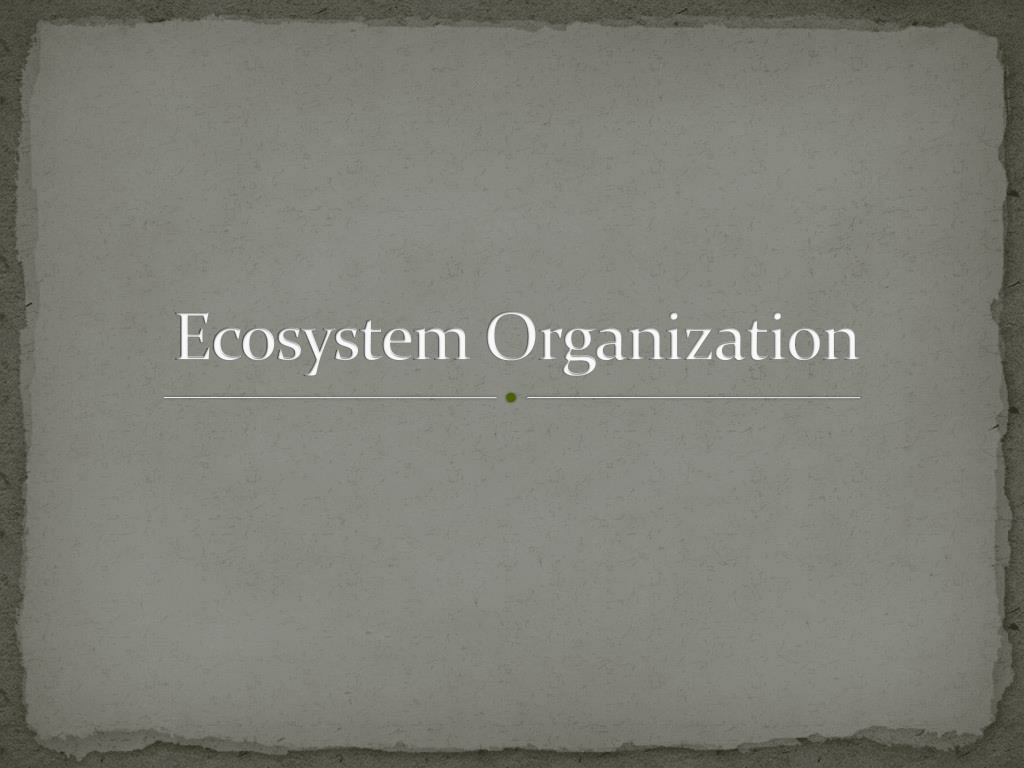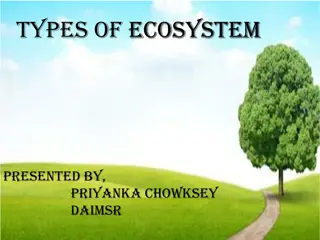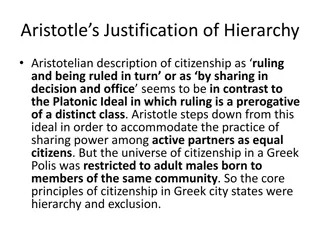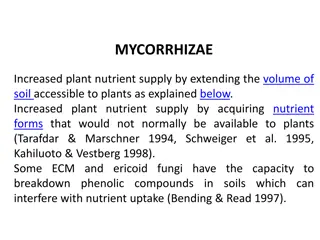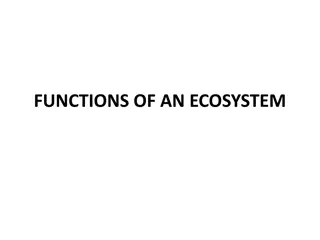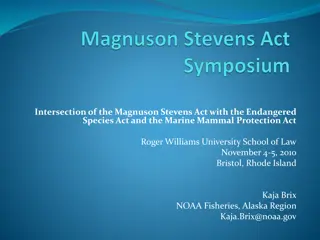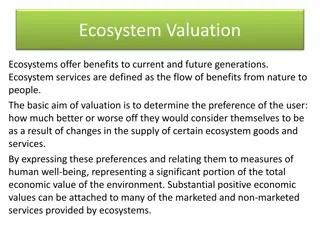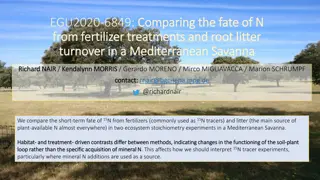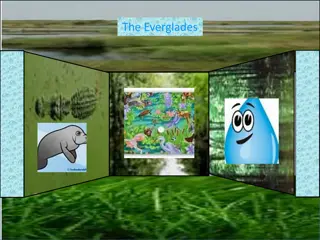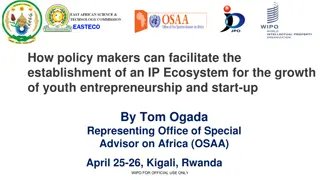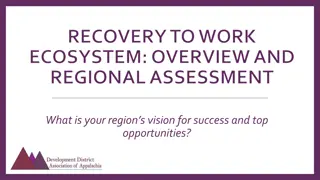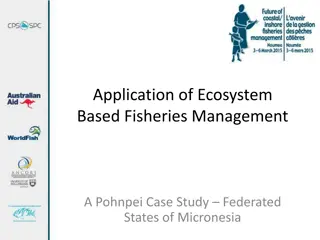Understanding Ecosystem Organization and Hierarchy
Explore the intricate relationships within ecosystems through the study of organization and hierarchy. From individual organisms to complex communities, learn how biotic and abiotic factors shape these environments. Gain insights into the levels of ecosystem organization, from single organisms to interconnected populations and communities, highlighting the interdependence of living organisms and their environment.
Download Presentation

Please find below an Image/Link to download the presentation.
The content on the website is provided AS IS for your information and personal use only. It may not be sold, licensed, or shared on other websites without obtaining consent from the author. Download presentation by click this link. If you encounter any issues during the download, it is possible that the publisher has removed the file from their server.
E N D
Presentation Transcript
Ecology The branch of biology studying the relationships and interactions between organisms and the environment In order to study ecology, scientists look at how organisms are related to one another and how they are related to the environment in which they live the ecosystem
Ecosystem An ecosystem includes all living organisms in a defined area and their nonliving environment. Ecosystems are made up of living and nonliving factors: Biotic factors - living Abiotic factors - nonliving Think about the biotic and abiotic factors in your environment!
Biotic Factors Anything living:
Abiotic Factors Parts that make up the environment that are not living:
Order in Everything Scientists have realized that life can be ordered in a hierarchy of ecosystem organization A hierarchy is a system of things ranked one above the other Let s look at the ecosystem hierarchy going from simple to complex
Level 1: Single Organism An organism is any living thing a plant, a germ, a human, a fish, a bird, etc. One organism by itself is the simplest level of ecosystem organization An organism is classified as being a member of a species a distinct sort or kind of organism Example: whitetail deer
Level 2: Population A population is made up of all the individuals of a given species in a specific area or region at a certain time. A group of organisms of the same kind Example: a herd of whitetail deer
Level 3: Community A community includes all organisms in a given area Sizes of communities vary greatly Populations within a community are interdependent because of the food webs that bind them together Example:
Level 4: Ecosystem An ecosystem includes all organisms in a defined area and their nonliving environment When you study an ecosystem, you look at how the living and nonliving parts interact and affect each other The Earth is the largest of all ecosystems, called the biosphere
The Biosphere The biosphere can be divided into smaller regions that have distinct characteristics. These regions are called biomes. The major biomes include: Desert Rainforest Grassland Tundra Taiga Temperate forest Aquatic
Lets Review! Starting at the bottom, the levels of ecosystem organization are: Organism Population Community Ecosystem Biome Biosphere Can you give an examples of these levels, starting from the bottom? What does each level include?
Guess which vocabulary word fits the picture the best: This mushroom is a single organism This is a population of jellyfish These animals are part of a community This is an ecosystem!
How about these? Individual coral polyps Aspen trees can actually clone themselves through a method called asexual propagation. In this picture, all of the aspens are really one tree sharing a large root system! This brain coral is actually a colony of individual coral polyps. All corals are colonies of many organisms!
Ecology is not always what you expect Occasionally there are examples of a level of organization appearing to be a different level, such as the aspen appearing to be multiple trees and brain coral appearing to be one animal. However, these occurrences are not common.
